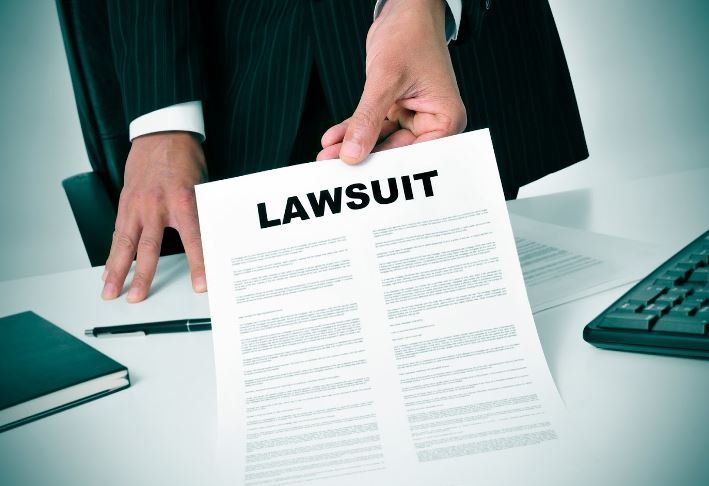When someone suffers an injury due to a dangerous or defective product, there are typically three routes a personal injury case may take. If the product itself is defective, then the manufacturing company could have a case taken up against them. If the product design is flawed no matter how the item is made, then the design company could be held liable.
The third route involves product packaging. Consumers rely on the packaging for product uses, instructions, and warnings. There are multiple ways a product package could lead to the injury of a person who uses the product. Learn about these defects and how you may seek a settlement from a marketing company due to poor package design.
1. Improper Safety Warnings
When purchasing any type of product, you will probably notice safety warnings, either on the box or within the instruction manual. The warnings are there to ensure the product is not used in the wrong way, which could cause someone harm.
Unfortunately, some products lack the proper safety warnings and injuries may occur as a result. For example, improper safety warnings on power tools and equipment could lead to electrical shocks, severed limbs, or other bodily injuries.
For a product liability case, the missing safety warnings would often have to be obvious warnings. For example, an electrical shock due to a power tool would have to come from everyday exposure to moisture like rain. A missing warning about operating the tool in the rain would be a much stronger case than if you brought a power tool in a swimming pool.
Taking common sense into account, combined with everyday use of the item, will help present a stronger case for the lack of warnings and packaging problems.
2. Lack of Instructions
Along with a lack of safety warnings, some products may come with a lack of instructions which lead to injuries. Improper instructions could lead to a consumer trying to use an item or device in a way they were not supposed to.
In some cases, a product may come without a proper instructional manual. As many companies try to shift away from paper waste, the instructional manual may be offered as a download link. If the link is dead or does not work, then a person will not have proper access to the instructions.
A personal injury lawyer will look over the instructional manual, various features, and ways the company failed to provide adequate information.
3. Poor Visuals
Besides text, products often offer visuals for displaying instructions and safety information. For example, many toys or sports equipment may come with detailed set-up instructions for a product. If the visuals showcase a weird perspective or poor angles, a person may injure themselves while putting the product together.
The poor visuals could be a mix of poor marketing design or a cheap print-out which does not clearly showcase how the product should be used or put together. All of the product elements you own will be used as evidence to showcase how the product led to any injuries you may have suffered.
4. Product Misprints
When a product goes through production, the marketing and design team should be inspecting the product for any potential misprints or problems. Just a single misprint could lead to some major problems down the line, including injuries to people who use the products.
For example, packaging could be meant to say "Do NOT" plug the product into a certain outlet, but a misprint leaves out the negative messaging and a consumer suffers an electric shock because of it. Misprints could also include missing instructions, instructions in the wrong order, or warnings which have been completely eliminated.
A lawyer is able to examine packaging to determine problems and help build a strong case against companies with improper packaging.











